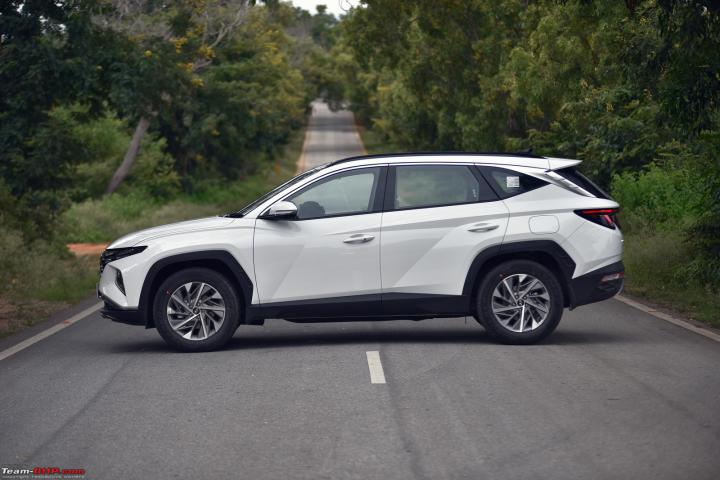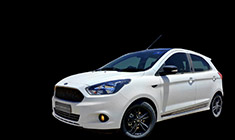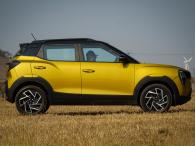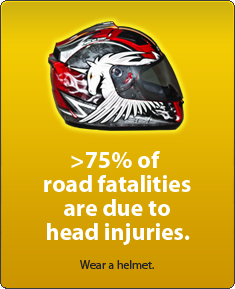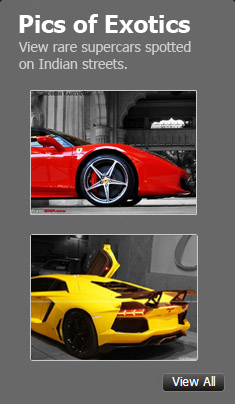News
New Hyundai Tucson 2022: Observations after a day of driving
The all-wheel discs do an excellent job and bring the Tucson to a stop quickly and without any drama. ABS with EBD works very well and it is reassuring to know the vehicle will stop from high speeds when you want it to.
Driving the Hyundai Tucson 2.0L Diesel Automatic
2.0L turbo-diesel produces 183 BHP and 416 Nm, which are slightly higher figures than the outgoing car. It is mated to an 8-speed automatic transmission and is RDE (Real Driving Emissions) compliant:
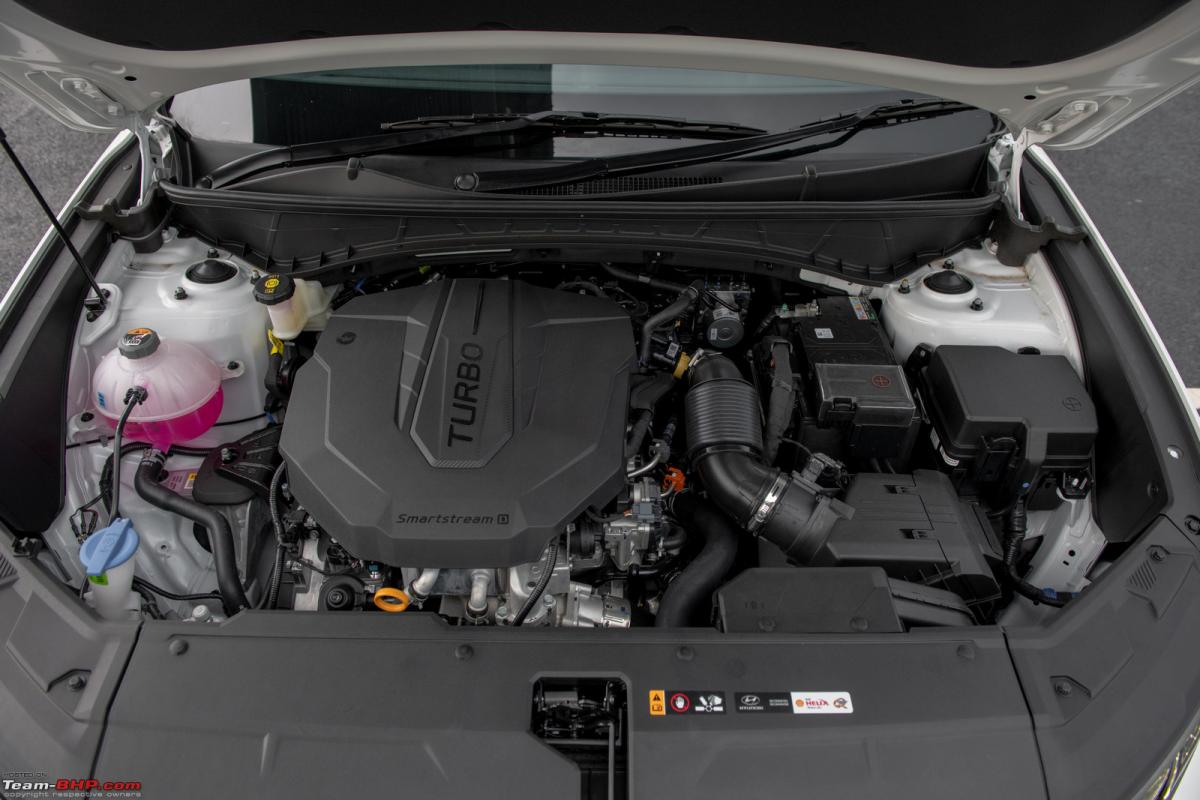
This 2.0L diesel is an all-aluminium, 4-cylinder block with 16 valves and two overhead camshafts. It comes with a variable geometry turbocharger and develops a healthy output of 183 BHP (@ 4,000 rpm) and 416 Nm (@ 2,000 - 2,750 rpm). Fire up the engine and you will appreciate its refinement. Slot the gear lever into D, lift your foot off the brake pedal, and the car gets off the line smoothly. Throttle response is good and power is delivered in a linear manner with a gentle foot on the accelerator. Since the Tucson has a very urban feel to it, we made sure that we spent enough time driving the car in the city traffic. And despite the Bangalore ring road traffic being excessively unpleasant, the Tucson wasn't. Driving in D, the engine was calm and provided power smoothly. Going on and off the throttle was also a smooth affair, which means that your passengers also won't have to worry about a jerky drive. The gearbox goes up the ratios pretty quickly. You won't feel the upshifts as the transition is very smooth. Put your right foot down and you will experience some lag as the torque converter does take a second to respond. But after that, you get a strong surge of power that will help you make those quick overtakes and close those gaps in traffic. Overall, the tall seating position, good all-round visibility, light controls and smooth gearbox make the Tucson very easy to drive in the city.
On the open road, where you can stretch the car's legs, the Tucson is impressive. It accelerates quickly, and with the good insulation, you may not even realize the speeds you are doing. Put your foot down and the AT downshifts to get you going. Overtaking on the highways is a breeze, but it's better if you anticipate and provide for the slight delay in downshifting. Even with foot hard down, the AT doesn't let the engine rev beyond the 4,500 rpm redline (in manual mode too). The engine feels quite relaxed cruising for long distances. In 8th gear, at 100 km/h, the engine spins at a comfortable 1,500 rpm, while at 120 km/h the tachometer reads 1,750 rpm.
The 8-speed torque converter transmission is smooth-shifting. Drive with a light foot and it will shift up at just over 1,500 rpm. Overall, it’s a very refined experience & your passengers won't even notice the changing gears. The transmission is never jerky, even if you get aggressive with it. We didn’t encounter a single situation where the gearbox got confused or was hunting for gears. The 8-speed unit has been tuned conservatively for smooth operation. So, when you want to purely extract performance out of the powertrain, the torque converter lacks the eagerness of a DSG. There's a manual mode too, but it doesn't allow you to shift aggressively. What we really missed are steering-mounted paddle shifters! It's the only fly-in-the-ointment in an otherwise very smooth AT.
The Tucson gets 4 driving modes: Comfort, Sport, Eco and Smart. These different modes alter the gearbox behaviour, steering weight and throttle sensitivity.
- Comfort Mode: This is the default setting when you start the car. Throttle response, steering weight and gearbox behaviour are just 'regular' in this mode.
- Sport Mode: Throttle response is sharpened. The steering gets noticeably heavier, and the AT holds on to gears a little longer before upshifting.
- Eco Mode: Throttle response gets dulled and the gearbox upshifts earlier.
- Smart Mode: The car analyses your driving pattern and chooses the best mode for you.
The Tucson comes with a convenient 'auto hold' feature which owners will love in the city. While the vehicle is waiting at a signal, the driver can lift his foot off the brake pedal and the vehicle will stay in place. No need to keep the brake pedal continuously pressed.
Like the previous Tucson, you also get the H-Trac all-wheel-drive system. As is usually the case with such crossovers, in normal conditions, the system sends power to the front wheels only. If road conditions require more traction, it will send the necessary amount of torque to the rear wheels. Interestingly, you can see the amount of power being transferred to the rear wheels on the MID! Very cool. We did a couple of hard launches to check it out and were pleased to see that the power was sent to all wheels during the launch. The system monitors which of the four wheels has the most traction and can send torque to that wheels. If slippery roads make a wheel lose traction, the system hits the brake on that wheel and transfers the remaining power to the other wheels.
There are also multi-terrain modes that adjust the powertrain to suit the terrain conditions. You can choose from the following settings - Snow, Mud and Sand. The AWD and terrain modes will help you when touring remote parts of the country and over the likes of slush, muck & sand. Remember that the Tuscon is no offroader like the Fortuner or Endeavour.
Noise, Vibration & Harshness (NVH)
As you would expect in a premium SUV like this, refinement levels are overall satisfactory. The engine idles softly and there's no diesel clatter audible. At high revs, the engine can be heard in the cabin, but it doesn't sound bad. Surprisingly, the wind noise started to creep in at 100 km/h. Road noise is well controlled. Interestingly, we notice that it is more audible in the rear seat than in the front.
Advanced Driver Assistance System
The Hyundai Tucson comes equipped with a level 2 Advanced Driver Assistance System (ADAS). This is a segment first and adds to the safety of the car with the assistance of cameras and Radar.
We tried out some of the features on our test drive and some of them worked well when the conditions were ideal. For instance, on the highways, where the lanes were marked properly, the Lane Following Assist worked nicely with the car staying in the middle of the lane and maintaining a safe distance from the vehicle ahead. The Blind Spot Collision Warning detected bikes precisely. However, the Smart Cruise Control with Stop & Go didn't work in Bangalore traffic, since all the bikes and cars were too close to the Tucson. IMO, the system must've gotten confused with so much chaos around the car.
A feature that I appreciate immensely was the Forward Collision Avoidance Assist. This feature applies the brakes when the car feels that you are too close to the vehicle ahead and haven't slowed down enough. This feature is perfect for rash drivers who brake very late and try to cut at the last second. The system forces you to drive responsibly and safely. Want to put some sense into your friend who drives rashly, make him drive your Tucson.
The bonnet gets healthy insulation underneath. It is very heavy and we would've appreciated it if Hyundai offered pneumatic struts:

The Tucson was pleasant to drive even in heavy Bangalore traffic:
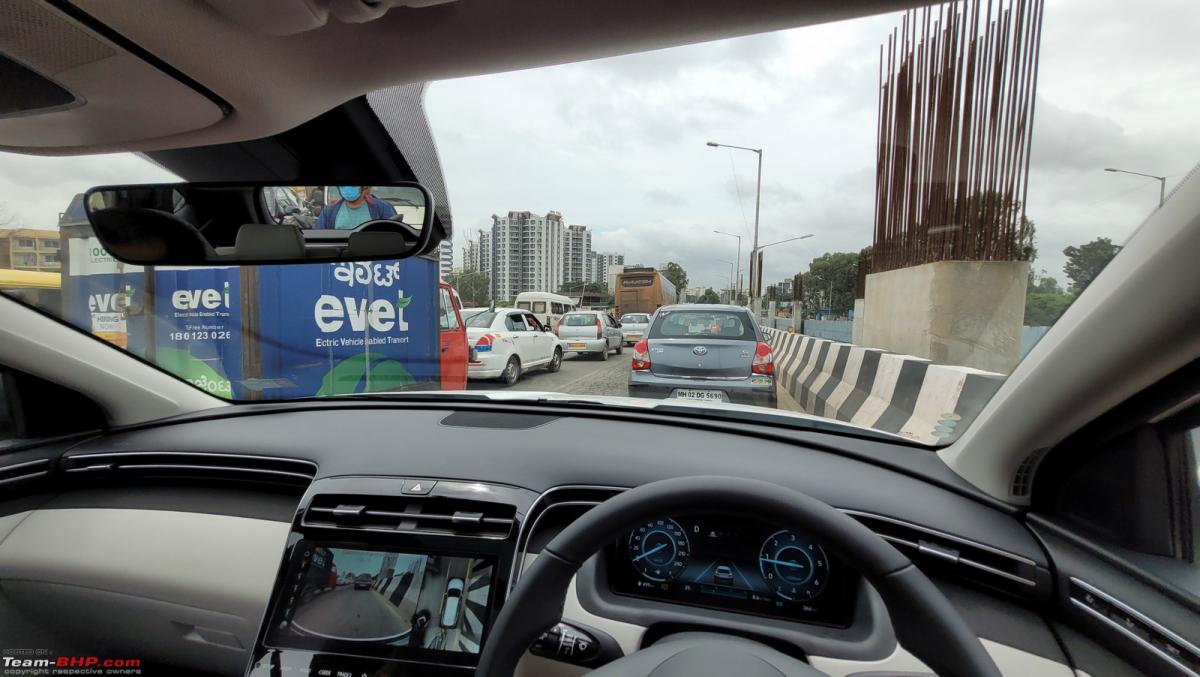
Suspension

Ride Comfort
The Tucson has McPherson struts at the front and a multi-link suspension at the rear. The shock absorbers are of gas type and do a nice job absorbing bumps in the road. The setup is on the softer side making it quite absorbent, especially when compared to the likes of VW Tiguan, Jeep Compass, or even the Skoda Kodiaq.
At low speeds, the suspension is very compliant and works silently. Small bumps are dismissed with ease and you don’t even feel them. Even the expansion joints on the city flyovers don't register themselves inside the cabin. It takes larger bumps well; you may feel them, but you won't hear the suspension giving out a loud noise. Over bad roads, the suspension does feel a bit busy though. There is always some body movement.
The Tucson rides on 18-inch wheels shod with 235/60 section tyres. These tyres are wider and taller than the previous Tucson's 225/55 R18 units. The shorter side profile was one of the reasons for the old car's slightly stiffer ride. The recommended tyre pressure is 35 PSI and we didn't find the need to lower it as the car rides well in the city as well as on the highway.
Handling & Dynamics
The handling of the Tucson is similar to recent Hyundais. It's neutral and predictable. The straight-line stability is good and while cruising on the highways, the car is quite composed. It's not very bouncy at high speeds and passengers will be comfortable in the front as well as rear. However, at high speeds, the suspension doesn't feel flat like the Jeep Compass. Still, overall, the Tucson is a capable long-distance cruiser.
Curves taken at higher speeds won't make passengers uncomfortable. Even quick lane changes are executed well. The handling is predictable, while body roll is well-controlled through the corners. The Tucson holds its line well and feels planted on the curves. There's ESC & VSM to help you deal with an emergency situation, should one arise. The 235/60 MRF Wanderer Ecotred tyres provide average grip. We'd suggest switching to a different (more premium) make if you want better grip.
Steering
Inside the city, at low speeds, the steering is light and nice to use, which makes driving in traffic and parking easy. However, the steering does have some play at the centre. It also feels artificially heavy from time to time (especially in Sport mode). In some situations, I wished the assistance was a bit less. It also feels disconnected from the road (ol' Hyundai trait). While the EPS does weigh up at speeds, on long bends on the expressway, it feels rather vague.
Braking
The brakes are another strong point of the Tucson. The all-wheel discs do an excellent job and bring the Tucson to a stop quickly and without any drama. ABS with EBD works very well and it is reassuring to know the vehicle will stop from high speeds when you want it to. Room for improvement? The pedal feels spongy after the initial bite (this has been observed in other Hyundai cars too).
Continue reading the discussion on the Hyundai Tucson on our forum.



